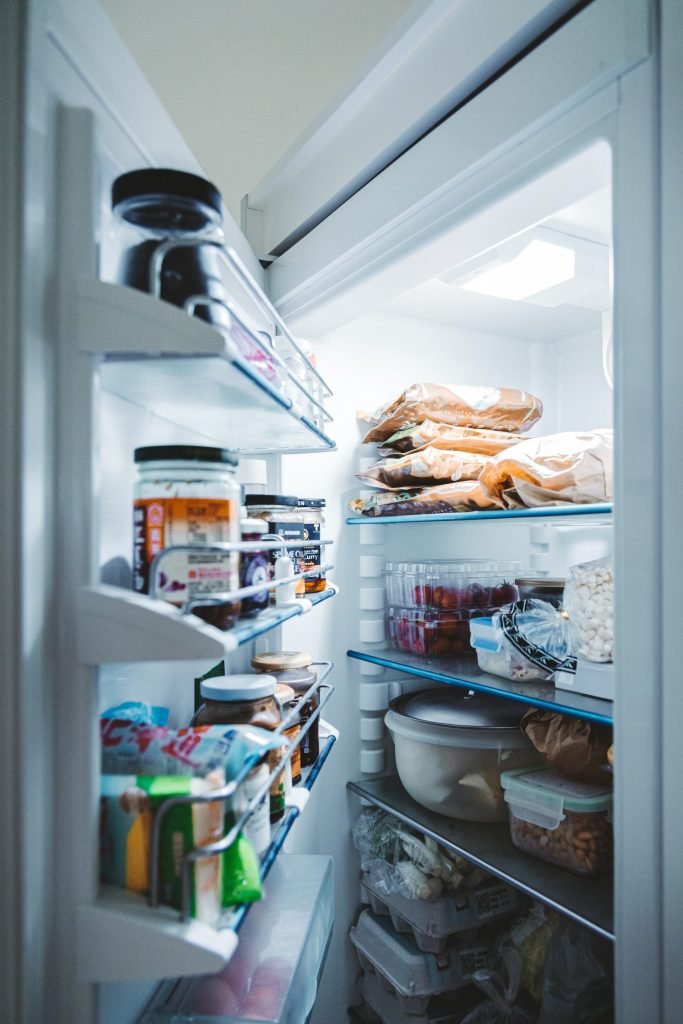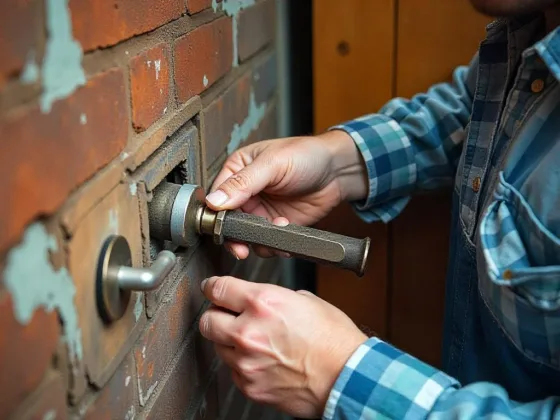Table of Contents Show
Sometimes you need a guide to get the most out of the best appliances and cookware for our homes. Sometimes you don’t, but if you’re from the first group, this is your lucky day.
The know-how of technology and electrical supplies is important not only to get the best out of them but also to avoid having some common issues that you’ll soon read.

Probably you are familiar with the experience of burning some popcorn because of being in a rush and avoid reading the cooking instructions, where the specifications can be found.
Mistakes of this nature can be seen often in daily life, so here’s an educational article for you.
What Is an Amp and Why Does It Matter?
First things first, an amp is the way we measure the electrical current. It’s a basic unit, just like a second or a pound.
The actual measure of electrical power, the coulomb, is derived from it: it’s the amount of electricity transported within a second by the intensity of one amp.
It’s important to have the basic resources to know what appliances your circuitry can support, and prioritize your refrigerator.
Before setting up your dream kitchen, you should take into account your X-amp circuit, and it a safe to load to avoid starting a fire or having an electrical blow.
How Many Amps Does a Refrigerator Use?
If you are in the States, the Department of Energy states that a typical refrigerator consumes about 725 watts.
At the same place, a countertop ice maker consumes 150 to 300 watts (depending upon ice-making capacity). So, it’s better to go with an efficient countertop ice maker if you frequently make ice cubes for drinks. Also, the ice quality is far better than the refrigerator ice cubes.
To figure out how many amps this is, you should divide watts by 120 volts (or the voltage of your power supply), which in this case will be 6-amp.
The fastest way to check out how many amps does your refrigerator use is to look for information on its model number and search its Energy Star rating.
If it is listed, you should be able to know how many watts it draws in a year.
If you can’t find your own on the internet and want to do the exact math, you should check the amount of power that your refrigerator compressor draws in watts, and follow the same logic of the first example.
Voilà, there you have your refrigerator amps.
Read Also:
Start-Up vs. Running
So yeah, as you’ve imagined the refrigerator consumes triple the amount of power when starting up than when running.
With some imagination, one could figure out why, but that’s the reason why we should take into consideration energy consumption tips.
The longer time the door is open, the more your fridge will need to work and the bigger your bills will be.
And What About a Portable Refrigerator? How Many Amps Does It Use?
The mini-refrigerators are trending because people are moving to smaller spaces, such as studios. They are also great for student dorm rooms, and even for the office.
The market has seen an explosion of them in the last 10 years, and it might be a positive sign.
Besides being a good alternative due to space (with obvious capacity limitations), it’s also a good power saver.
The math can be done as stated previously, or if you already have a large refrigerator, by comparing the watts per hour of the two of them.
Even so, the average runs on 2.5, but they’ll mainly consume in between 1 and 6 amps. The consumption would be about 300 watts.
Does a Refrigerator Need Its Own Circuit?
Technically speaking the refrigerator is not required to run on its own circuit, but it’s definitely one of the best practices for actual or future homeowners.
The NEC (National Electric Code) puts out no specific requirements for refrigerators. Even so, you should keep in mind that many refrigerators’ energy consumption peak can be around 15 amps, so if it’s sharing a circuit in your kitchen, it should have between 15-20 amps free.
It’s not within daily use, but previously taking into account these scenarios can save you some problems. A 20-30 amp dedicated circuit would be considered as one of those best practices.
It may seem redundant, but you shouldn’t share circuits for heavy appliances such as refrigerators and microwaves, microwaves and freezers, or freezers and refrigerators.
Energy Saving Tips for Refrigerators
Maybe you are wondering how to save energy to reduce bills and be safer at your own house. This is to say, how could you avoid overconsumption of energy and also be more eco-friendly.
Well, there are some energy-saving tips to maximize your refrigerator potential and reduce its costs.
Place Your Refrigerator in the Right Place
First of all, your refrigerator should always be in a cool space. The ambient temperature will constantly influence the compressor, and you want to exploit its capacity.
Furthermore, you should take into account that the oven will raise high temperatures thus making the compressor work twice as much.
Leaving some distance between the refrigerator and the wall will allow the compressor to take in the fresh air and avoid unnecessary overheating.
Do a Mental List of What You Need Before Opening the Door
Some mental clarity before making decisions is always advisable. It also applies when you have to take things out of your fridge.
The constant opening of the doors will also logically raise the temperature; to reduce this effect, you should first think about what things are you going to need to make that pie and take them all out at once.
Open the Door Slowly
When opening the fridge, you should take it slowly; in the fast movement, a huge amount of cold air will be drawn out of it.
There is no secret for this, other than opening the first 10/15 cm gently and continuing at a normal pace. As obvious it may seem, you should always be sure that the door has been closed properly.
Avoid Over-stuffing Your Refrigerator
You should always try to have a full refrigerator. The food and drinks will better maintain the temperature inside the refrigerator when its doors are open.
In case you’re out of stock you could fill some bottles with water, and this should work quite well. Even so, over-stuffing your fridge isn’t a good idea.
While putting too much inside of it, you could reduce air circulation, block some essential parts (such as air vents) and thus reduce the energy efficiency.
Control Temperature
According to the FDA, the recommended refrigerator temperature is 4°C. You could vary from 1-4°C depending on the season.
You should bear in mind that the cold air in winter can compensate for the ambient temperature influencing both the inside of the fridge and its compressor and the other way around in summer.
A good temperature balance is crucial for your meat to stay fresh, and for your yogurts to avoid being ice cream.
Avoid Storing Food While Is Still Hot
This might sound familiar to most of you, but it’s really important for your fridge and your family. You should always wait until your food cools down.
Putting the hot food right away in the fridge can make it work twice as much, and also diminish its nutritive values.









